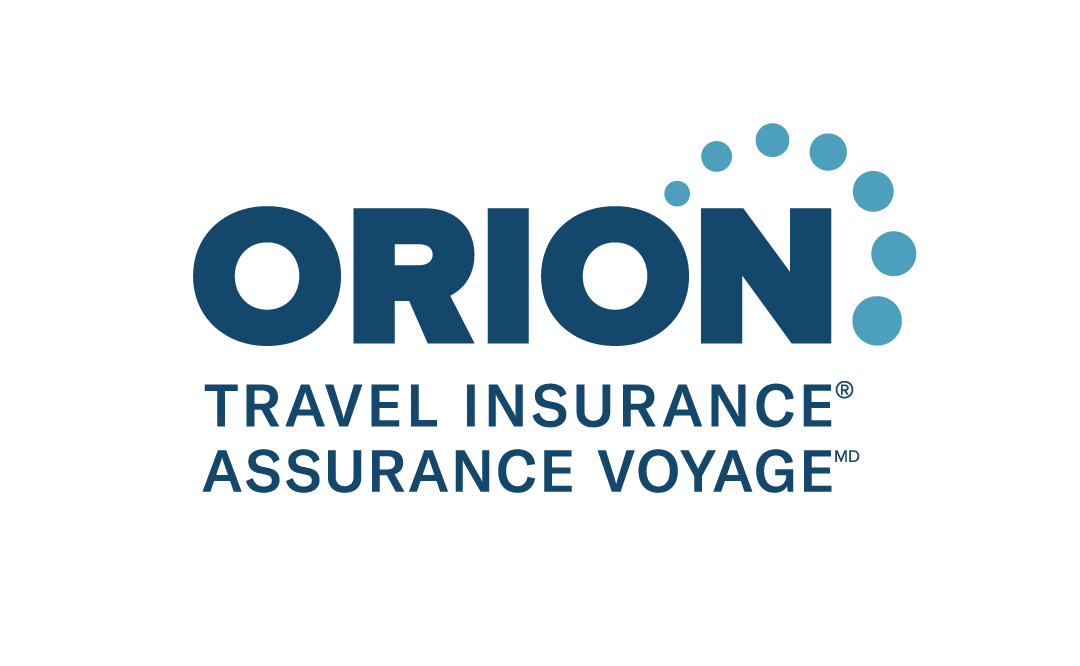


Did you know 46% of Canadian employees rely on workplace benefits to improve their well-being? From health and dental to life insurance, workplace benefits are keeping Canadian employees safe at home. But what about keeping company employees safe while they travel?
After all, we Canadians love to travel. A 2024 study by Willis Towers Watson revealed that:
• 79% of Canadians anticipate travelling in the next 12 months
• 33% of Canadians are planning a major trip in 2024
• 45% of Canadians plan to take 1-2 week trips
Factor in the business travel that many Canadians will be doing—spending is anticipated to reach $25.9 billion USD [1]—and there’s a huge opportunity for companies to look after their employees’ well-being in a different way.
Innovative employers are adding travel insurance to their employee benefit programs.
With business travel back on the rise, offering employees a robust travel insurance plan makes good sense. But how does one tell a good plan from a great one?
Here are 5 things to know about business and leisure travel insurance coverage:
1. A travel insurance plan should have up to $5 million per traveller, per trip, in coverage.
If you’ve ever had to visit a U.S. clinic or hospital, you’ve likely experienced how expensive medical treatments can be. Treating a broken leg can cost $85,000, while a heart attack can tally nearly $300,000 in medical costs.[2] Could your employee manage costs like this if something happened on a business trip? Or, what if they suffered an accident that required an extended hospital stay? A good insurance plan should provide sufficient coverage—ideally offering $5 million in coverage—and you should avoid policies with lifetime limits or ones that insure minimal sums.
2. Travellers with pre-existing conditions shouldn’t have to satisfy a stability clause.
In 2023, 4.4 million Canadians aged 55 and older were still working. Do you have employee benefits that are meaningful for them? Remember, a simple change in medication could impact coverage and a traveller’s claim would be denied. Employees under 70 shouldn’t have to disclose their medical history to their employer. The employer should have peace of mind that their employee is covered, while respecting their privacy.
3. Travel insurance plans shouldn’t make travellers sweat the small stuff.
When someone falls ill, their focus should be on getting better—not logistics. Things like returning rental or private cars, getting children and/or pets home, and even bringing in a family member for emotional support can seem overwhelming to organize. Travel Insurance should have customer assistance to help coordinate this and cover these things under the plan.
4. Travel insurance plans can be customized.
Travel insurance isn’t one-size-fits-all. You should be able to choose a robust Emergency Medical and Non-Medical plan on its own, add Trip Cancellation & Interruption Insurance and Baggage Protection, or choose Trip Cancellation & Interruption and Baggage Protection alone. There should also be options to add-on coverage for pregnancy and existing prescription replacements, request higher Trip Cancellation & Interruption and Baggage coverage, extend coverage to employees’ spouses, and more, to customize for your employees.
5. Travel insurance should be easy for all parties.
Having travel insurance is one thing. Having it work seamlessly is quite another. Ensure that your plan has cashless service and that there is a team in place to support travellers from the start right through to resolution. You provider should be transparent and clear so that employees know exactly what they are covered for before they leave.
If you’re looking for robust, easy-to-administer travel insurance that offers $5 million in emergency medical coverage, doesn’t require travellers under 70 to disclose pre-existing conditions, and can be customized for your benefits program, talk to Orion. To find out more, email orioneb@orionti.ca or visit https://www.oriontravelinsurance.ca/our-products
Sponsored By:
[1] https://www.gbta.org/canadian-business-travel-is-forecast-to-return-to-pre-pandemic-levels-in-2024-reaching-25-9-billion-usd-and-13-5-annual-growth/
[2] The average cost in Canadian dollars for treatment in the United States. Based on 2023 claims data from Orion Travel Insurance.